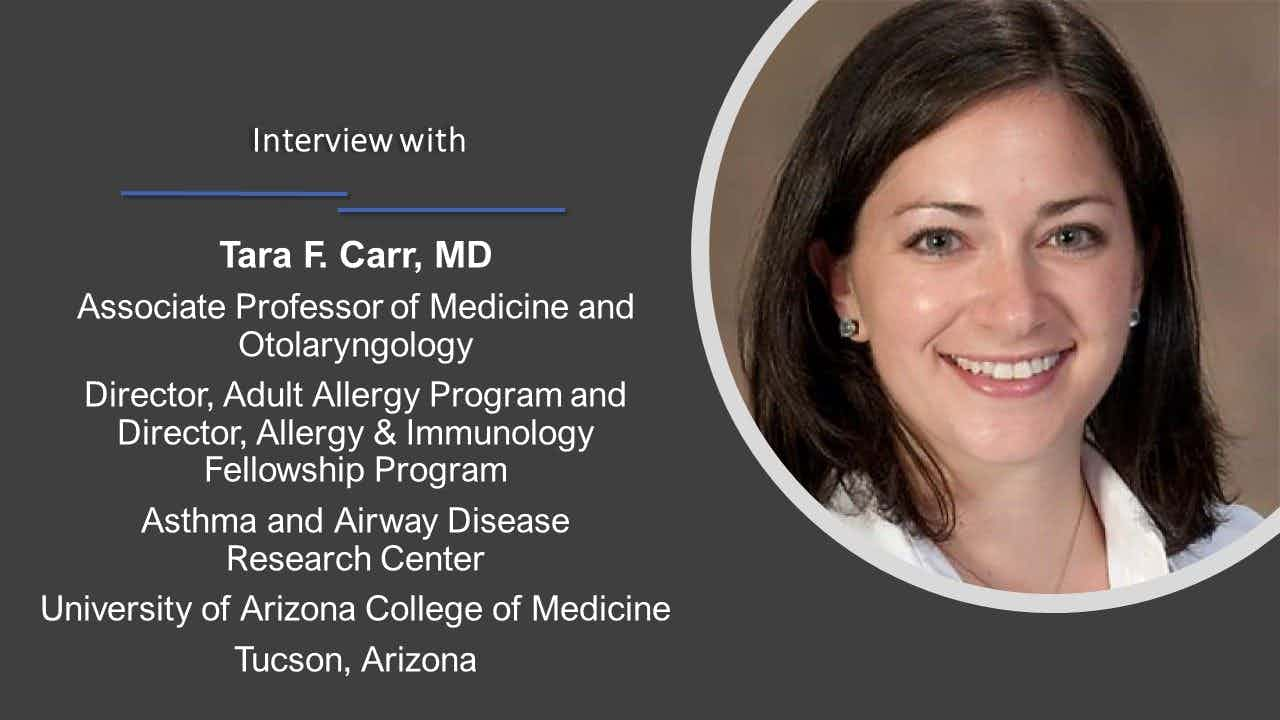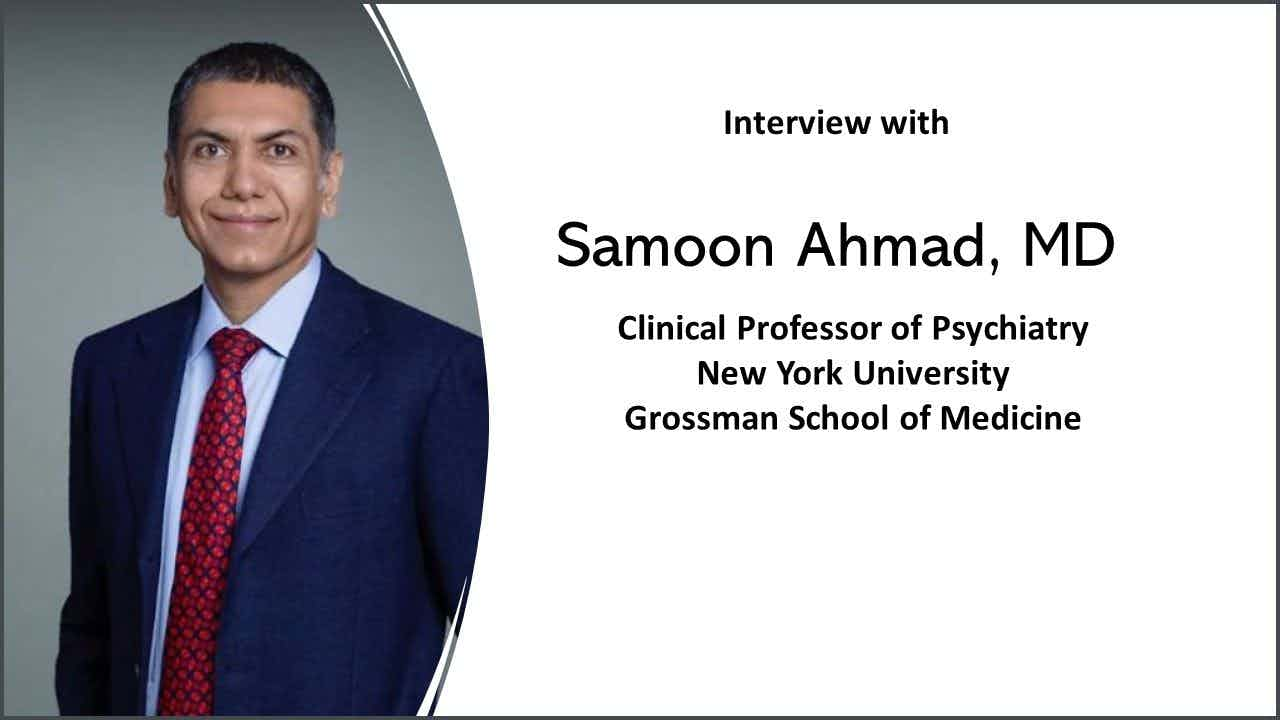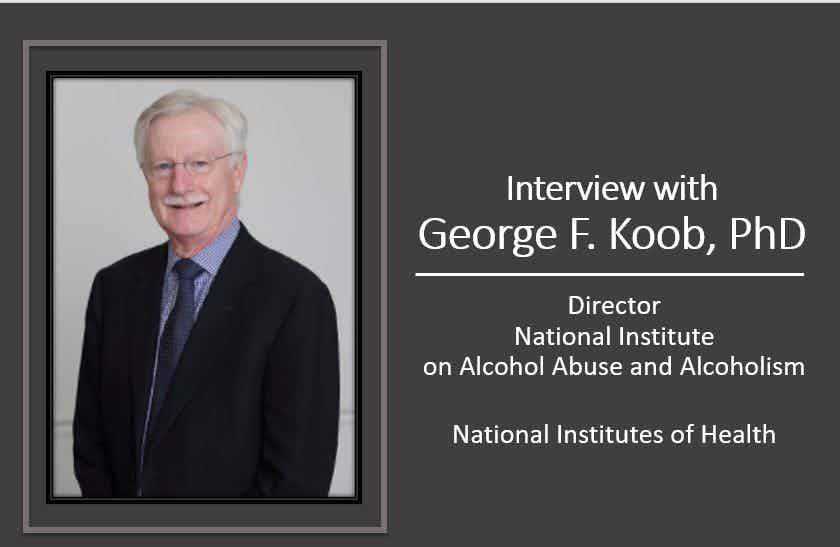Close observation is the key to successful extubation Tips on extubation in mechanically ventilated children key words: Endotracheal intubation, Mechanical ventilation, Pediatric pulmonology
abstract: Proper assessment of the child's readiness for extubation and preparation for extubation are essential to minimize the need for reintubation and to maximize the child's safety in the periextubation period. Readiness for extubation requires that the child have adequate respiratory drive, the ability to maintain a patent airway, adequate oxygenation, and ability to ventilate spontaneously. Respiratory drive can be assessed by decreasing the ventilator settings to a minimal level and observing the child's respiratory effort and respiration rate. Evidence of increased work of breathing, such as tachypnea, retractions, and nasal flaring, suggests that the child may not be ready for extubation. If stridor and respiratory distress develop after the endotracheal tube is removed, nebulized racemic epinephrine is often quite effective; in addition, intravenous corticosteroids should be administered for 24 hours to help decrease the edema more quickly. (J Respir Dis. 2007;28(5):203-207)
Children may require intubation and mechanical ventilation for a variety of reasons. The most common indication is for patients undergoing general anesthesia for a surgical procedure. In these cases, the airway is generally managed by the anesthesia service, unless the child needs to remain mechanically ventilated beyond the immediate postoperative period. Mechanical ventilation may also be required in patients with respiratory failure associated with pulmonary problems, such as pneumonia, asthma, and acute respiratory distress syndrome; upper airway obstruction; or an acute neurological or neuromuscular process.
Regardless of the reason for intubation, careful assessment of the child's readiness for extubation, preparation for the procedure and anticipation of potential problems, and close observation after extubation will make extubation a smooth procedure for most children. The most important key to a successful extubation is close observation and good nursing care. In this article, I review the process of evaluating whether the patient is ready to be extubated, how to prepare for extubation, and how to monitor the patient postextubation.
EVALUATION FOR EXTUBATION
It is usually wise to extubate the child as soon as it is medically appropriate to do so. Regardless of the reason for the initial intubation, proper preparation for extubation begins with the assessment of whether the child is ready to be extubated. Can the child breathe on his or her own? The reported failure rates for extubation vary from about 15% to 30% in pediatric and neonatal populations.1
The assessment for potential extubation includes the patient's entire respiratory system (Table 1). First, does the child have adequate respiratory drive? Sedation and paralyzing agents must be discontinued to allow the child to wake up. Respiratory drive can be assessed by decreasing the ventilator settings to a minimal level and observing the child's respiratory effort and respiration rate. He or she should be breathing at a rate that is age-appropriate.
It is optimal to provide continuous positive airway pressure of 5 cm H2O or to use a T-piece that delivers supplemental oxygen but not additional pressure and then observe the child's respiratory status to ensure that the respiratory drive is adequate. Remember that the endotracheal tube imposes additional work of breathing, and adding pressure support of 5 to 10 cm H2O during the weaning process can decrease this additional workload, decreasing the stress on the child. The child must also be neurologically capable of protecting the airway with an intact gag reflex and the ability to cough.
In addition to determining that the child has adequate respiratory drive and the ability to maintain a patent airway, it is important to assess his or her pulmonary function and make sure that the child can oxygenate adequately. Oxygenation can usually be assessed with pulse oximetry, which should be used continuously on all patients who are mechanically ventilated.
The fraction of inspired oxygen should be decreased to 0.40 or less, and the positive end-expiratory pressure should be reduced to 5 cm H2O, with oxygen saturation maintained at greater than 94% before extubation. In children with cyanotic heart disease or chronic pulmonary disease, a lower oxygen saturation may be acceptable.
Once adequate oxygenation is ensured, the child's ability to ventilate spontaneously and effectivelymust be determined. As noted above, the ventilatory drive can be determined by observing the respiration rate. The tidal volume--the amount of air the patient moves with each breath--is also an important indicator of ventilation, reflecting both pulmonary function and strength of the muscles of respiration. Most ventilators can measure and display the tidal volume. The tidal volume indexed to weight, as well as the fraction of the total minute ventilation provided by the ventilator, has been shown to predict the outcome of extubation.1 If measurement of the tidal volume is not available, the movement of the patient's chest during respiration should be observed for adequate chest expansion.
Respiration rate and tidal volume determine the PCO2. If the child is cooperative, it is desirable to observe him or her spontaneously breathing for about 15 to 30 minutes and then measure arterial blood gases. Evidence of increased work of breathing with tachypnea, retractions, and nasal flaring--even with a normal PCO2--suggests that the child may not be ready for extubation.
Some children, however, become so agitated by the presence of the endotracheal tube that they will not tolerate a spontaneous breathing trial long enough to allow an arterial blood gas sample to be taken, and they may have signs of respiratory distress because of the agitation. These children require the difficult assessment of whether they are agitated specifically because of the endotracheal tube, in which case they should be extubated, or because they are not yet ready to be extubated, in which case they should be sedated and mechanical ventilation should be continued until the respiratory status improves.
This is not always an easy distinction to make. In general, if the child has been doing well on minimal ventilatory settings before sedation is discontinued, it is reasonable to attempt extubation and monitor the child closely.
PREPARATION FOR EXTUBATION
Before extubation, enteral feeds should be stopped for at least 4 hours so that the child's stomach will be empty (Table 2). An empty stomach decreases the likelihood of aspiration if the child vomits during the periextubation period or if reintubation is required. Sedation and paralyzing agents must be stoppedto allow the child to recover adequate respiratory drive and muscle strength.
Children who have been receiving sedation for a prolonged period, generally more than a week, may be at risk for withdrawal symptoms if all sedating agents are stopped abruptly. In such children, decreasing the doses of narcotics or benzodiazepines to a minimal level may be effective to allow the child to wake up sufficiently but not have withdrawal symptoms. Another option is to give the child methadone to prevent narcotic withdrawal symptoms without significant respiratory depression.
In preparing for extubation, it is important to consider all of the problems that may occur after the tube is removed and be prepared to manage those problems if they occur. One of the most difficult problems to predict is the development of stridor following extubation. The air leak test is used to detect air leaking around the endotracheal tube when the patient is ventilated with a pressure greater than 20 to 25 mm Hg. This test has been recommended by some, but it does not reliably predict stridor in children younger than 7 years.2,3
Corticosteroids (generally dexamethasone) given before extubation to prevent stridor have also been widely used. Corticosteroids have some effect in decreasing stridor after extubation but do not decrease the incidence of reintubation significantly.4-7 A survey of pediatric critical care fellowship directors reported that the majority test for an air leak at 30 cm H2O pressure or less before extubation.8 If there is no air leak, most would delay extubation for 24 hours and administer corticosteroids.
Proper equipment must be immediately available at the bedside before extubating a patient. An Ambu bag with an appropriately sized mask, attached to oxygen at 10 L/min, is essential. Suction equipment is necessary for immediately before and immediately after extubation. The patient should be monitored with electrocardiography to observe the heart rate and rhythm and with pulse oximetry to monitor oxygen saturation. Blood pressure monitoring can be done invasively or noninvasively but should be done at least every 5 minutes in the periextubation period.
Equipment to reintubate the child, should it be necessary, must be available in the room. Because of the risk of stridor, a nebulizer and racemic epinephrine should also be available to treat stridor immediately if it occurs. Drugs for sedation and neuromuscular blockade should be readily available in case reintubation is necessary, but they do not have to be in the patient's room.
Immediately before extubation, the patient's endotracheal tube should be suctioned. It is important to suction the oral cavity as well so that the child does not aspirate oral contents with the first breath after extubation.
ASSESSMENT AFTER EXTUBATION
The most important part of monitoring the patient after extubation is to look at the patient. Is the respiration rate too fast or too slow? Are the heart rate and blood pressure too high or too low? Commonly, children are relatively hypertensive around the time of extubation. If the child is doing well postextubation, the blood pressure should gradually come down into the normal range.
Similarly, children are usually tachycardic immediately preceding extubation, especially if they are agitated, and the heart rate should gradually decrease toward normal after extubation. Observe the child for signs of increased work of breathing, such as retractions, nasal flaring, diaphoresis, or facial expressions of distress. Listen for stridor and wheezing.
Check the pulse oximeter. It is not uncommon for there to be a brief period of oxygen desaturation, typically in the low 90% range, immediately after extubation because many children hold their breath for a short time after the tube is removed. With stimulation and encouragement, as well as supplemental oxygen, the oxygenation usually improves quickly. The parents should comfort their child and encourage coughing and deep breathing after extubation.
MANAGEMENT AFTER EXTUBATION
Supplemental oxygen, preferably humidified, should be given immediately after extubation. The concentration of supplemental oxygen can be decreased gradually over the next few hours or over a day or two, according to the needs of the child.
The child should be given nothing to eat or drink for 4 to 6 hours, to allow the pharyngeal sensation to return to normal; this decreases the risk of aspiration and helps prevent the need for reintubation. Aggressive pulmonary toilet is usually necessary, at least for the first few hours. Chest percussion, encouragement of cough, and nasal and oral suctioning are effective for clearing secretions and ensuring a patent airway.
Nebulized racemic epinephrine is often quite effective in decreasing stridor and respiratory distress if they occur after the endotracheal tube is removed. Two milliliters of normal saline mixed with 0.5 mg of racemic epinephrine in a nebulizer relieves the stridor with minimal systemic effect. The dose can be repeated as needed if it is effective.
If stridor and respiratory distress develop, intravenous corticosteroids should be administered for up to 24 hours to help decrease the edema more quickly.A mixture of helium and oxygen (heliox) can help decrease the severity of the symptoms if it is quickly available. Heliox can be given in mixtures of 80:20 (helium:air), 70:30, or 60:40. The greater the proportion of helium, the more it will improve airflow. If the child needs more than 40% oxygen to maintain adequate oxygenation, the concentration of helium will be too low to be effective.
Helium itself does not decrease edema; it only improves airflow. Corticosteroids and, if necessary for acute symptoms, racemic epinephrine should also be administered to decrease edema while the heliox is used to decrease respiratory distress. If the child requires reintubation because of severe stridor, corticosteroids should be given for at least 24 hours before another trial of extubation. A smaller endotracheal tube may be necessary when reintubating a child with stridor because of the airway edema.
References:
1. Khan N, Brown A, Venkataraman ST. Predictors of extubation success and failure in mechanically ventilated infants and children. Crit Care Med. 1996;24:1568-1579.
2. Kemper KJ, Benson MS, Bishop MJ. Predictors of postextubation stridor in pediatric trauma patients.
Crit Care Med.
1991;19:352-355. 3. Mhanna MJ, Zamel YB, Tichy CM, Super DM. The "air leak" test around the endotracheal tube, as a predictor of postextubation stridor, is age dependent in children.
Crit Care Med.
2002;30:2639-2643.4. Tellez DW, Galvis AG, Storgion SA, et al. Dexamethasone in the prevention of postextubation stridor in children.
J Pediatr
. 1991;118: 289-294.5. Anene O, Meert KL, Uy H, et al. Dexamethasone for the prevention of postextubation airway obstruction: a prospective, randomized, double-blind, placebo-controlled trial.
Crit Care Med.
1996;24:1666-1669.6. Meade MO, Guyatt GH, Cook DJ, et al. Trials of corticosteroids to prevent postextubation airway complications.
Chest.
2001;120(6 suppl): 464S-468S.7. Markovitz BP, Randolph AG. Corticosteroids for the prevention and treatment of post- extubation stridor in neonates, children, and adults.
Cochrane Database Syst Rev.
2000(2): CD001000.8. Foland JA, Super DM, Dahdah NS, Mhanna MJ. The use of the air leak test and corticosteroids in intubated children: a survey of pediatric critical care fellowship directors.
Respir Care.
2002;47:662-666.






